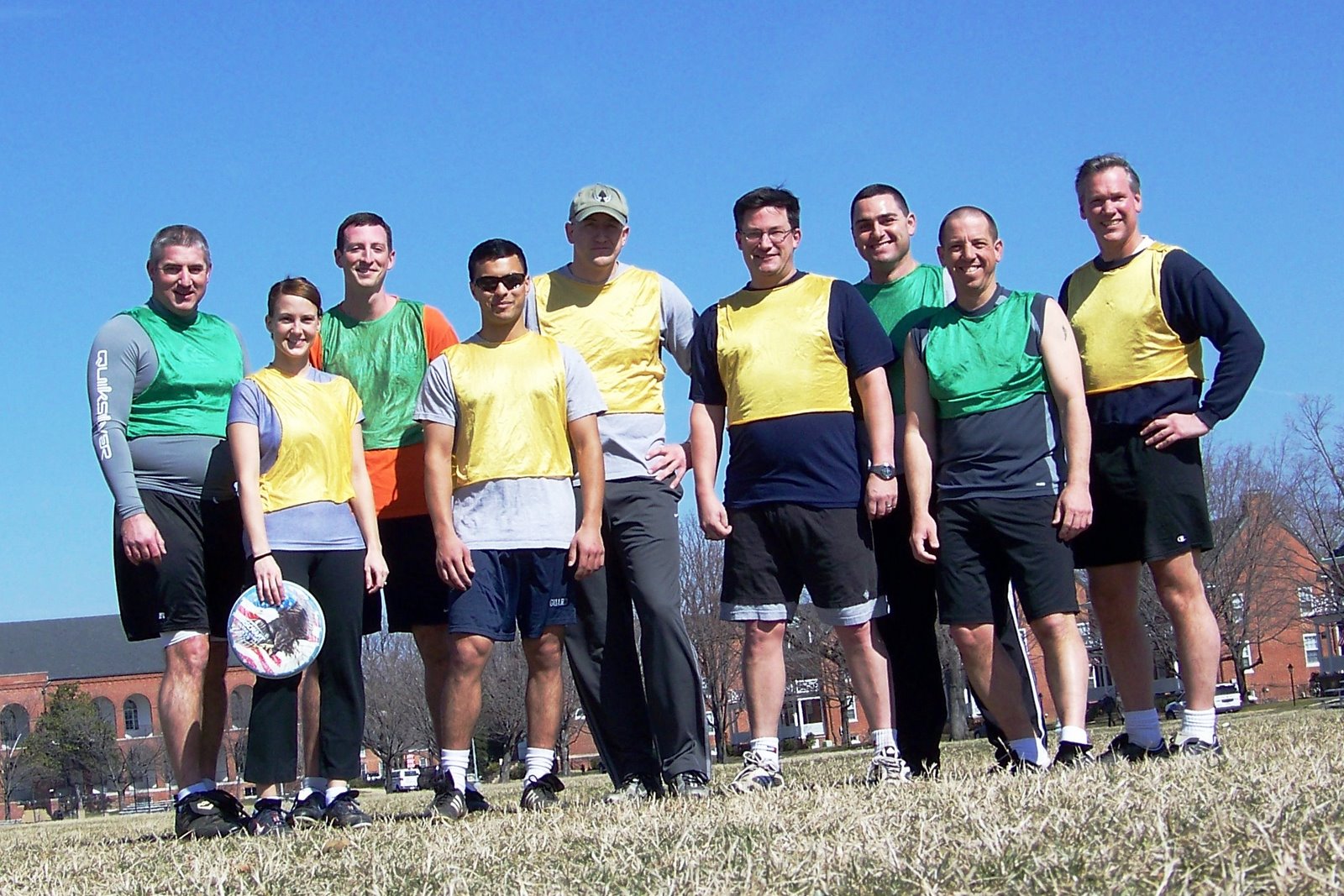I know you are staying awake at night asking yourself "When is a stall a turnover?"
Well, your friendly rules lawyer is here to answer your every question.
Under the 11th edition rules, a stall becomes a turnover at the first utterance of the word ten. There must be at least one second between the beginning of the word "nine" and the beginning of the word "ten".
From the 11th edition rules: http://www.upa.org/ultimate/rules/11th
A. Stalling: The period of time within which a thrower must release a throw may
be timed by the stall count.
1. The stall count consists of announcing “stalling” and counting from one to ten loudly enough for the thrower to hear.
a) The interval between the first utterance of each number in the stall count must be at least one second.
b) All stall counts initiated, reinitiated or resumed after a stoppage of play must start with the word “stalling.”
c) If the count resets to one during a stoppage of play, it is considered a new
count.
2. Only the marker (II.K) may initiate or continue a stall count, and may do so anytime a thrower has possession of a disc that is live or in play. However, directly after a turnover or when putting the pull into play the stall may not be initiated before a pivot is established, unless delay of game or pre-stall rules (XIII.A.3, XIII.A.4, XIII.A.5 or VI.B.5.d) apply.
3. If the thrower has not released the disc at the first utterance of the word “ten,”
it is a turnover. The marker loudly announces “stall” and play stops. A stall is not a violation and rule XVI.C does not apply.
a) The marker calling the stall takes possession of the disc where the stall
occurred and then may either:
(1) place the disc on the ground and after acknowledgment by the defense, touch the disc and loudly announce “in play” or
(2) retain possession and have the former thrower restart play with a
check.
b) The thrower may contest a stall call in the belief that the disc was released
before the first utterance of the word “ten.” If a stall is contested:
(1) If the pass was complete, play stops and possession reverts to the thrower. After a check, the marker resumes the stall count at 8.
(2) If the pass was incomplete, it is a turnover; play stops and resumes with a check.
4. If the defense switches markers, the new marker must reinitiate the stall count. A marker leaving the three-meter radius and returning is considered a new marker.
And knowing is half the battle...
-deus





No comments:
Post a Comment